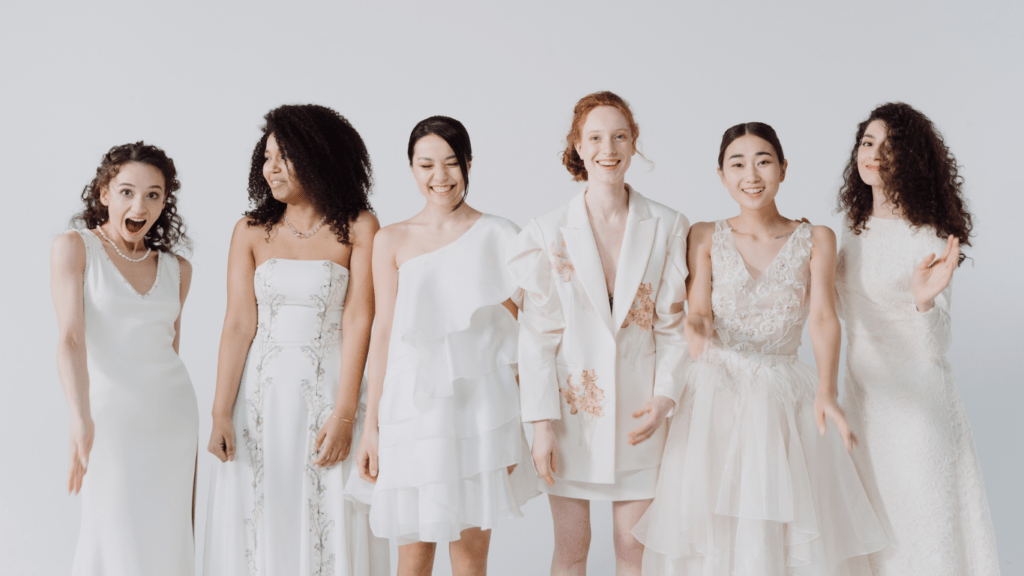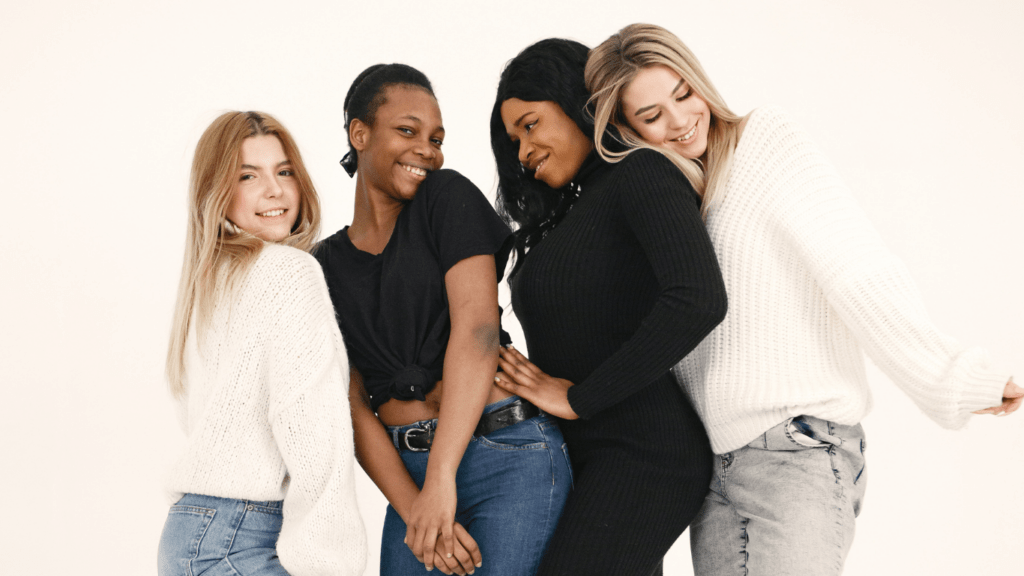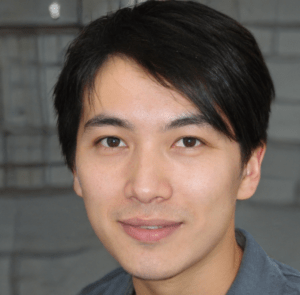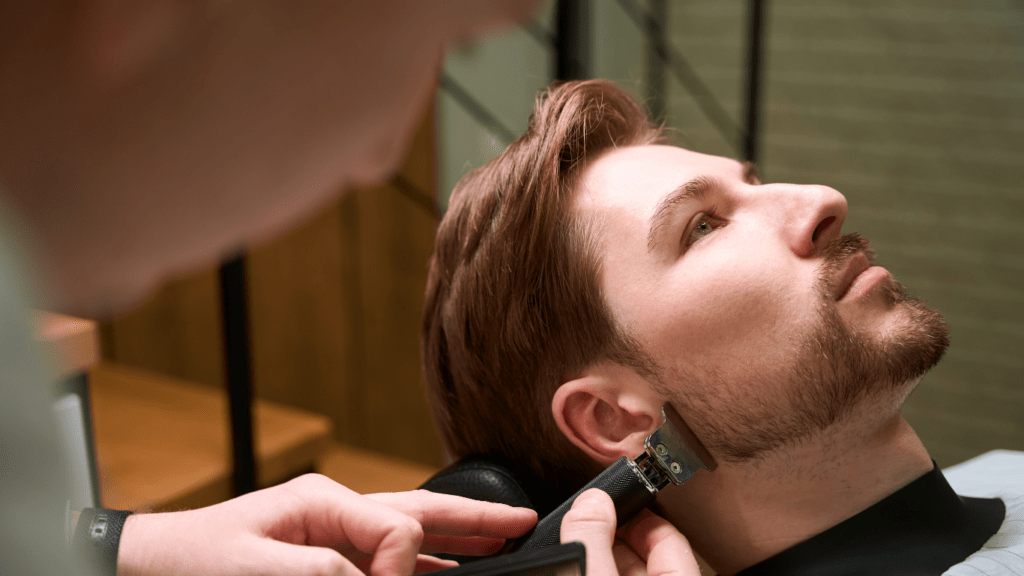Understanding Inclusive Beauty
Inclusive beauty embraces diversity in all its forms. Companies create products catering to varied skin tones, hair types, and cultural aesthetics. The aim is to recognize and celebrate individuality, ensuring everyone finds something that suits them.
Mainstream brands have expanded product lines to include more shades and products specific to different needs. For example, foundation ranges now feature 40+ shades, and haircare lines offer solutions for curly and textured hair. This shift promotes self-expression and confidence regardless of one’s background or appearance.
The movement’s driving force stems from consumer demand for representation and authenticity. According to a 2019 report by the NPD Group, products targeting diverse demographics saw a 13% increase in sales. This growth indicates that consumers want brands to reflect their values and identities.
Influencers and social media platforms play a crucial role in amplifying the message of inclusive beauty. They showcase product inclusivity, share personal stories, and advocate for broader representation. These platforms provide real-time feedback, helping brands better understand and meet diverse needs.
Ultimately, inclusive beauty is more than a trend; it’s a commitment to equality and respect. Brands embracing this concept integrate it into their core values, ensuring inclusivity influences every aspect of their operations, from marketing strategies to product development.
Historical Context of Diversity in Cosmetics
The concept of inclusive beauty has transformed over the decades. Cosmetics once catered to a narrow set of beauty standards, but this industry has evolved to embrace diversity in all its forms.
Evolution of Beauty Standards
For much of the 20th century, beauty standards were homogeneous, prioritizing Eurocentric features and lighter skin tones. Marketing campaigns and product lines predominantly reflected Western ideals, excluding vast demographics. Companies like:
- Max Factor
- Revlon
established in the early 1900s, largely ignored non-white consumers in their advertisements. It wasn’t until the latter half of the century that societal shifts began challenging these norms.
The civil rights movement in the 1960s and 1970s marked a pivotal point. Activists advocated for broader representation, leading to the gradual inclusion of diverse models in advertisements. By the 1990s, supermodels of various ethnicities like Naomi Campbell and Tyra Banks began making headlines, pushing the industry towards more inclusive beauty standards. This period also saw the rise of niche brands catering to specific demographics, offering products designed for diverse skin tones and types.
Pioneers of Inclusive Beauty
Several trailblazing brands and individuals have championed inclusive beauty. In 1973, the introduction of Fashion Fair, a cosmetics line by Eunice Johnson, targeted African-American women specifically. Fashion Fair’s success highlighted the market’s potential and the demand for inclusive products. Another pioneering brand, Iman Cosmetics, founded in 1994 by supermodel Iman, offered a range of shades that catered to women of color worldwide.
Rihanna’s Fenty Beauty launch in 2017 set a new benchmark. With its 40-shade foundation range, Fenty Beauty challenged the industry to prioritize inclusivity. The brand’s massive success underscored the importance of representation, prompting other mainstream brands to expand their shade ranges significantly.
These pioneers not only shifted market dynamics but also set the stage for ongoing advancements in inclusive beauty. Their efforts demonstrate that beauty truly encompasses all forms and colors, reflecting the diverse world we live in.
Current State of Diversity and Representation

The cosmetics industry continues to prioritize diversity and representation. Both major and independent brands are making significant strides to cater to a wider array of consumers.
Major Brands Leading the Way
Leading brands have embraced inclusive beauty. Fenty Beauty, launched by Rihanna in 2017, set a new standard with its 40 shades of foundation. This move spurred other companies to follow suit, expanding their shade ranges. MAC Cosmetics, known for its extensive product lines, has long promoted diversity. Its “All Ages, All Races, All Genders” campaign highlights inclusivity. L’Oréal Paris and Maybelline have also extended their offerings, ensuring people of all skin tones can find suitable products. According to Mintel, 70% of consumers expect brands to offer products that match their skin tone.
Independent Brands Making an Impact
Independent brands are pivotal in driving diversity. Beauty Bakerie, founded by Cashmere Nicole, offers inclusive makeup products while prioritizing social causes. Uoma Beauty, established by Nigerian-born entrepreneur Sharon Chuter, celebrates African culture and provides a range of shades for darker skin tones. Melt Cosmetics, known for its vibrant colors, caters to various skin tones and types. These indie brands challenge industry norms, proving that inclusion isn’t limited to established companies. In 2021, a study by NielsenIQ revealed that sales of multicultural beauty products grew by 32%, showcasing the impact of these independent players.
Challenges Facing the Industry
Inclusive beauty aims to represent everyone, but the cosmetics industry faces several challenges in achieving this goal.
Cultural and Racial Bias
The beauty industry struggles with cultural and racial bias. Historically, marketing and product development centered on Eurocentric beauty standards. This bias resulted in underrepresentation of non-white consumers. Brands often fail to understand the diverse needs and preferences of different ethnic groups. For example, products made for specific skin tones or hair types can be scarce in certain regions. Addressing these biases requires extensive research and collaboration with diverse communities.
Accessibility Issues
Accessibility is another significant hurdle. Inclusive products must be available to all consumers, regardless of location or socioeconomic status. For many, finding suitable products remains difficult due to limited distribution. Price points also affect accessibility. Premium inclusive beauty products can be unaffordable for some. Brands need to balance quality and cost to ensure everyone can access inclusive beauty solutions. Moreover, physical stores might not carry diverse ranges, pushing consumers to shop online, which isn’t always a viable option for all.
The Role of Social Media and Influencers
Social media and influencers contribute significantly to the inclusive beauty movement. These platforms elevate diverse voices and help shape consumer trends.
Amplifying Diverse Voices
Social media platforms give underrepresented groups a voice in the beauty industry. Influencers from varied backgrounds use these channels to share their experiences with inclusive products. For example, influencers with different skin tones and textures showcase how diverse beauty products work on them, providing real-time reviews and tutorials. This direct interaction fosters community and authenticity, encouraging brands to pay attention to diverse needs. Brands like Fenty Beauty and Uoma Beauty actively collaborate with influencers, featuring them in campaigns to validate their commitment to inclusivity.
Consumer Demand and Trends
- Consumer demand for inclusive beauty products is highlighted on social media.
- Trends driven by influencers reveal a strong preference for brands that embrace diversity.
- Hashtags like #FentyBeauty and #InclusivityMatter highlight the popularity of these inclusive products. According to a 2021 NielsenIQ study, multicultural beauty product sales grew by 32%, reflecting this demand.
- Influencers also use data from followers to inform brands about gaps in the market, enabling them to develop products that cater to a broader audience. This cycle of feedback and innovation propels the industry towards more representative offerings.
- Social media and influencers thus play a pivotal role. They bridge the gap between consumers and brands, ensuring the beauty industry continues to evolve in its inclusivity efforts.
Future of Inclusive Beauty
Inclusive beauty continues evolving, driven by consumer demand for representation and equality. Brands are now prioritizing diverse needs and preferences.
Emerging Trends and Innovations
Brands increasingly focus on personalized beauty solutions. Customizable products, such as foundations tailored to specific skin tones and skincare formulas addressing unique concerns, are gaining popularity. AR technology plays a significant role here, with apps allowing users to try on makeup virtually, ensuring accurate color matching. Sustainable beauty products also align with inclusive values, catering to diverse ethical preferences and environmental concerns. Examples include refillable packaging and eco-friendly ingredients.
Industry Predictions
Experts predict a continued shift toward more inclusive product ranges. Expect to see brands launching even broader shade ranges, targeting underrepresented groups even further. Partnerships with influencers from diverse backgrounds will likely increase, amplifying authentic voices and driving representation. Retailers may also expand their offerings to cater to multicultural beauty needs, ensuring wider accessibility. Brands investing in extensive market research to understand diverse consumer needs will stand out, fostering loyalty and growth.





